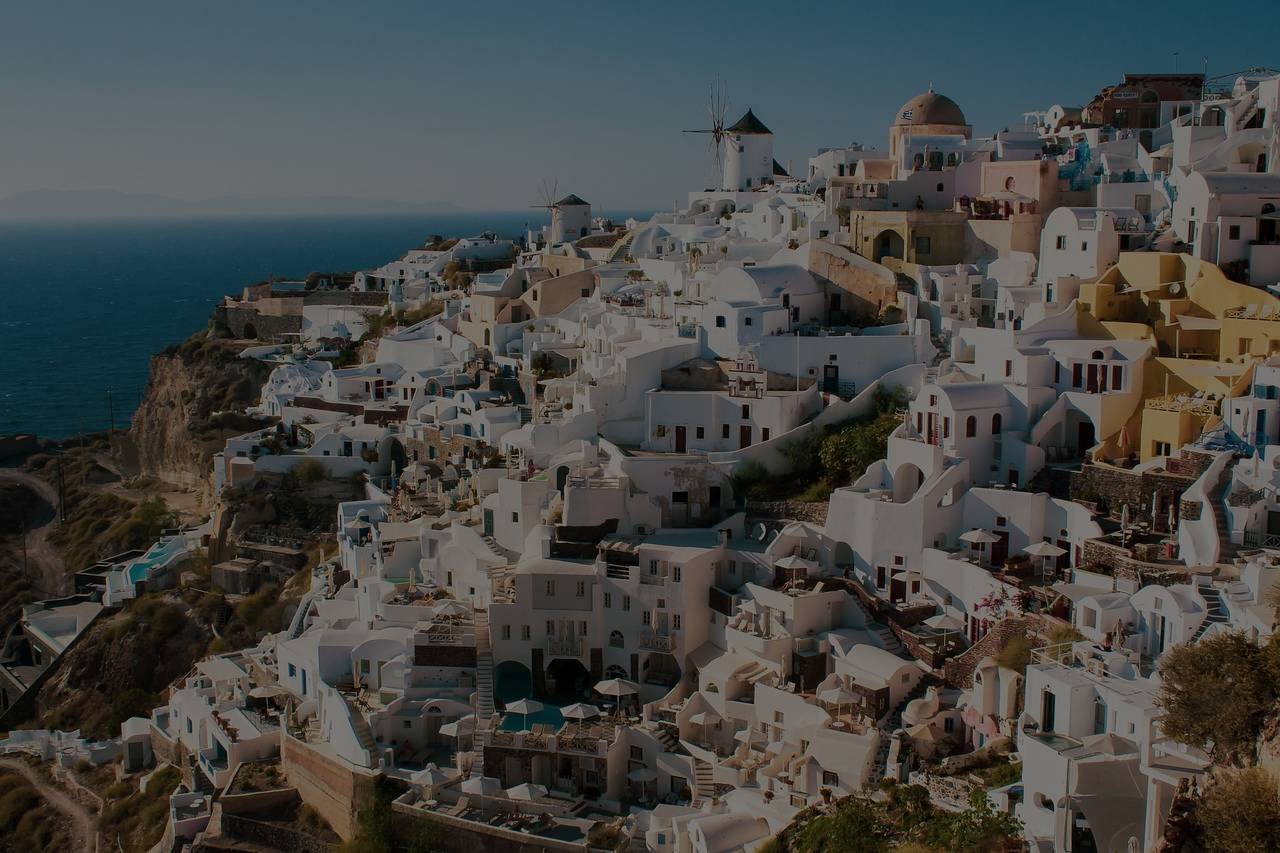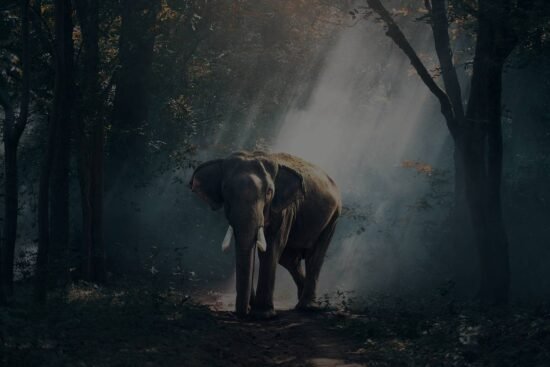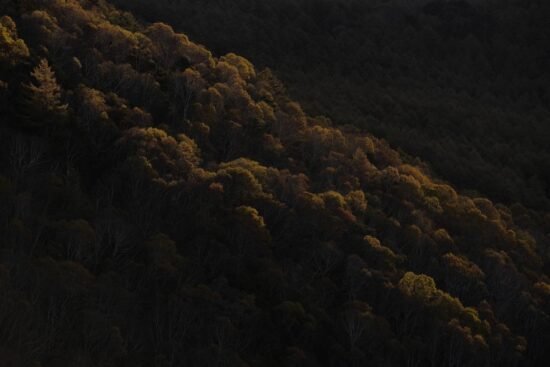
The Art of Packing Light
As a photographer who spends his days trekking through the rugged landscapes of the Scottish Highlands, I’ve learned a thing or two about packing efficiently for cold-weather photography. One of the most important lessons I’ve learned is the art of packing light. When you’re hiking through snow-covered terrain or braving icy winds, the last thing you want is to be weighed down by heavy gear. That’s why I always start by carefully selecting only the essentials for my photography excursions.
Layer Up
When it comes to cold-weather photography, layers are your best friend. The key is to dress in breathable, moisture-wicking fabrics that will keep you warm and dry without causing you to overheat. I always start with a base layer made of merino wool, which is both warm and lightweight. On top of that, I’ll add a fleece or down jacket for extra insulation, topped off with a waterproof shell to keep out snow and wind. And don’t forget about your extremities – a good pair of gloves, hat, and waterproof boots are essential for staying comfortable in the cold.
Protect Your Gear
Cold temperatures can be tough on camera equipment, so it’s important to take extra precautions to protect your gear. I always make sure to pack extra camera batteries and keep them close to my body to prevent them from losing their charge in the cold. I also recommend investing in a quality camera bag with plenty of padding to cushion your gear and protect it from bumps and jostles. And don’t forget about lens care – a lens hood and lens cloth are essential for keeping your glass clean and free of snow and moisture.
Stay Hydrated and Fueled
When you’re out in the cold for hours at a time, it’s easy to forget to stay hydrated and fueled. But it’s essential to keep your body nourished and energized, especially when you’re expending extra energy trekking through snow and battling the elements. I always make sure to pack plenty of water and high-energy snacks like nuts, dried fruit, and granola bars to keep me going throughout the day. And a hot drink like tea or coffee can be a welcome treat on a chilly winter day.
In conclusion, packing for cold-weather photography is all about preparation and efficiency. By selecting the right gear, dressing in layers, protecting your equipment, and staying hydrated and fueled, you can ensure a successful and comfortable photography excursion in even the coldest of conditions.
Remember, the beauty of the natural world is waiting to be captured – so don’t let a little cold weather hold you back. Get out there, explore, and document the subtle beauty that surrounds us all.
Keep exploring and stay tuned for more tips and stories on cold-weather photography and travel on getaway.net!
Happy shooting,
James Rowland









Leave a Reply